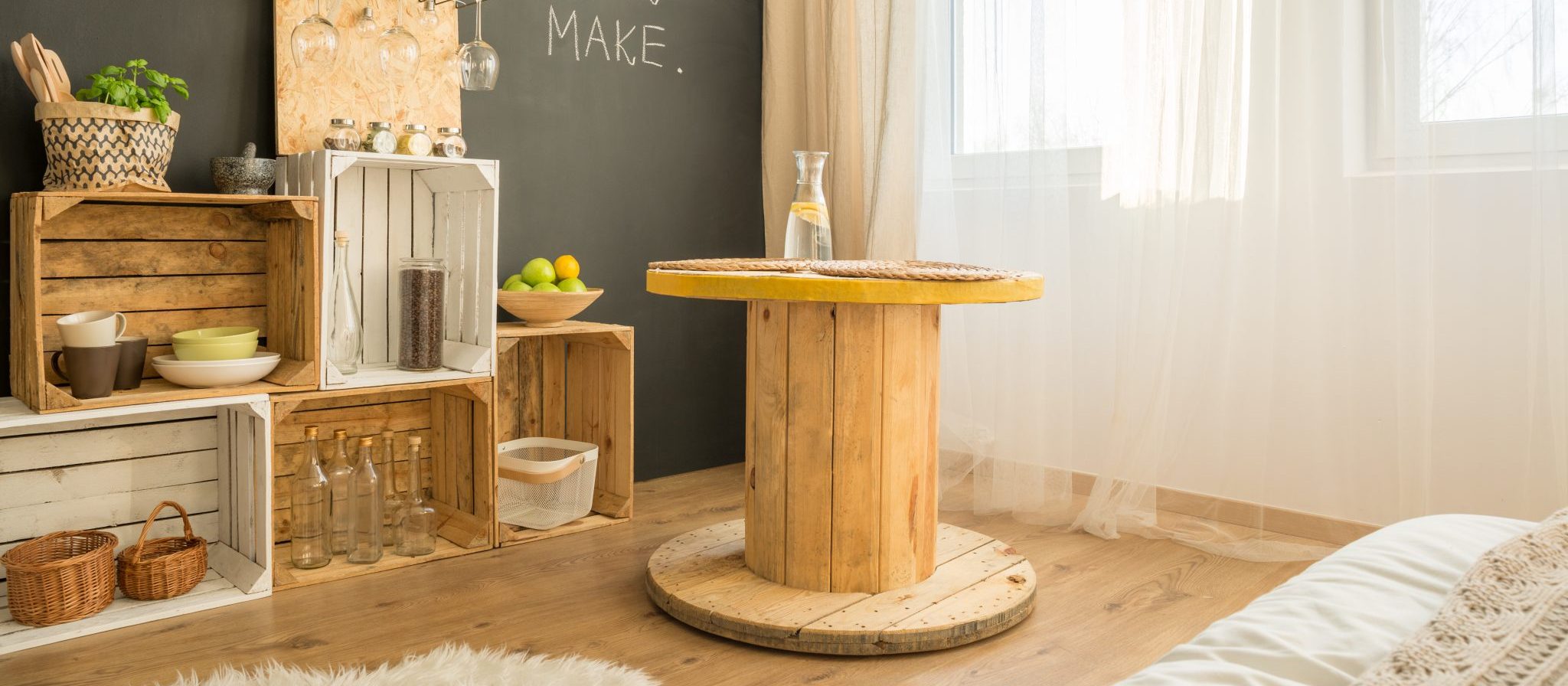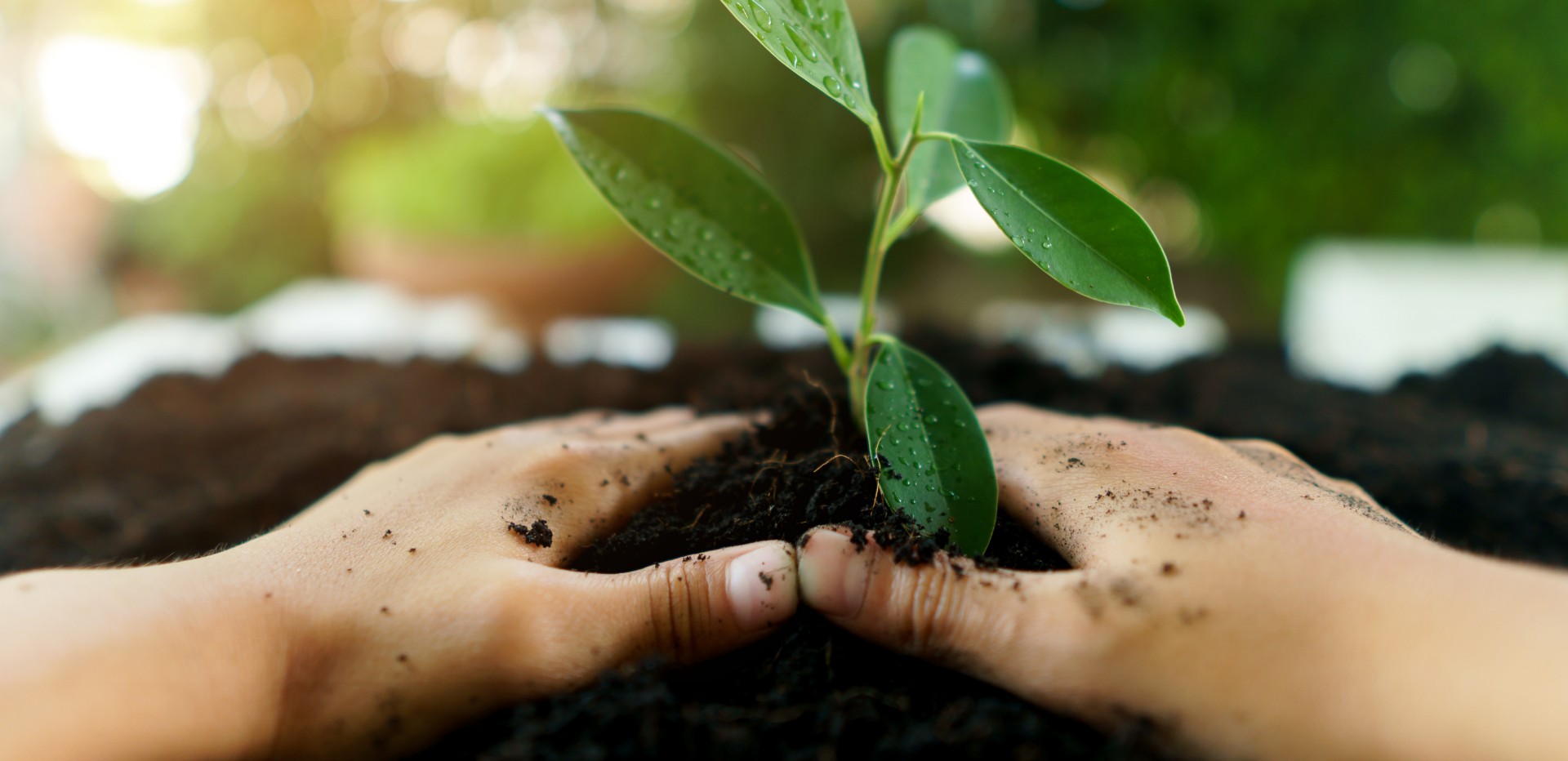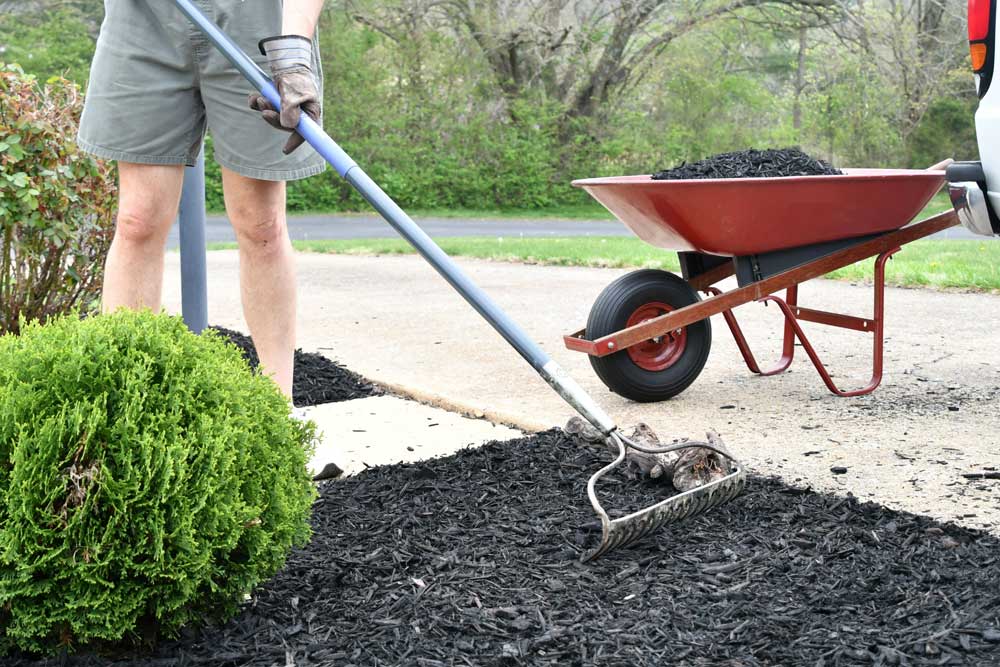Ever look around your house and wonder how you’ve accumulated so much stuff? The increased interest in year-round spring cleaning is building a movement of decluttering and compelling a growing wave of individuals getting rid of things. Just because an item doesn’t “spark joy” in its current state, however, doesn’t mean it can’t be transformed into something else useful and/or beautiful.
Upcycling items — or repurposing and reusing them — breathes new life into stuff you no longer want or need. There are objective benefits to upcycling: not only does it emulate the principles of going Zero Waste, but it also saves you the money it would cost to go out and buy even more stuff. Not to mention, repurposing things often results in a much more interesting space, filled with decor and useful items that have a story and personal touch.
There’s a common misconception that upcycling requires a ton of creativity, but that’s simply not the case. While there are many opportunities to get crafty, there are also plenty of practical ways to reuse items that don’t take much time or even a glue gun. In this blog post, we’re sharing a list of upcycling projects that range from craft novice to expert, as well as from decorative to staunchly utilitarian.
Upcycling Ideas, Ranging from Super Easy to More Involved
Project Difficulty Scale:
🔨 = easy
🔨🔨 = moderate
🔨🔨🔨 = challenging
1) Organize drawers with toilet paper rolls 🔨
One of the easiest opportunities for repurposing is one of the classics. By standing toilet paper rolls upright in a drawer, you’re able to organize items that would otherwise be difficult to sort through. Think of materials like cables and cords, yarn, and sewing supplies, or even socks and underwear. Rolls can also be cut in half to accommodate shorter and smaller items, such as hair ties or jewelry.
2) Plant a garden using egg cartons 🔨
Built a mini garden indoors by sprouting seeds in an egg carton. Sprouting seeds directly in the ground can be difficult due to environmental factors like weeds and bad weather, but with an upcycled “flower bed” your seedlings can begin life in a controlled setting. Once your plant seeds in egg cartons are going, transfer the entire cardboard carton directly to the ground. The roots of the plants will eventually grow through the carton, which itself will eventually compost.
3) Braided T-shirt rugs 🔨🔨
Making braided T-shirt rugs is perfect for when you have several worn out shirts you’re no longer wearing. This project does take some time and patience but doesn’t require any sewing skills. Click here for instructions to make a no-sew T-shirt rug.
4) Wine bottle chandelier 🔨🔨
Whether you want just one light or a whole chandelier, repurposing glass bottles for light fixtures is fairly straightforward. Once you’ve cleaned the bottle and removed the label, use a glass cutting tool to score the perimeter of the bottle’s base. You should then be able to easily create a clean break using a hammer.
Once the bottom of the bottle has been removed, you can add sockets and light bulbs in the bottle, which you can then choose to hang either individually or clustered together.
5) Upcycling furniture 🔨🔨🔨
There are many ways to upcycle furniture. Though these types of projects often require more leg work, they also result in completely one-of-a-kind pieces with sentimental value. Here are a few ideas for upcycling furniture:
- Turn pallets into a coffee table
- Use an antique dresser as a bathroom sink stand
- Cut off the end of a bench and mount to a wall for a custom nightstand
- Attach legs to long drawers and stand upright to create shelves
- Repurpose an old dresser to become a bar cart
Opting for Creative Reuse Rather Than the Landfill
Regardless of how you choose to upcycle, shifting your mindset from “what can I get rid of” to “how can I repurpose this” is one major step you and your family can take to reduce the amount of waste you create and send to landfills. These creative projects can be as intensive or as simple as you see fit, and there are endless ideas out there that you can try for yourself.
If you do find yourself coming across things you see absolutely no way to reuse, just be conscious of how you dispose of those items to make sure they’re being thrown away or diverted properly.








